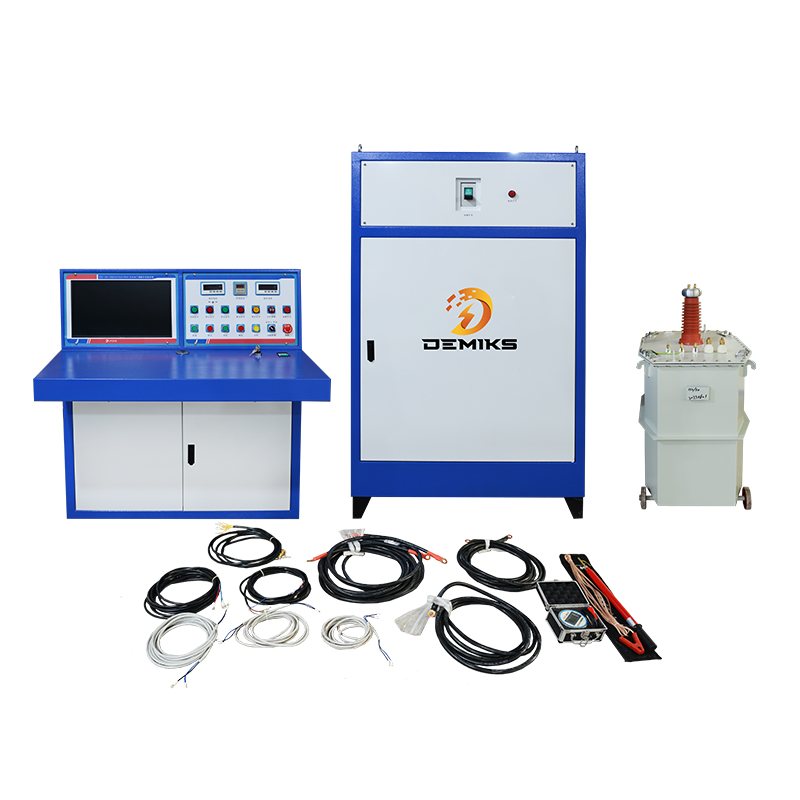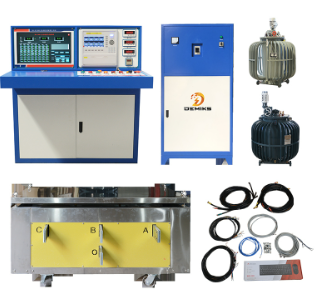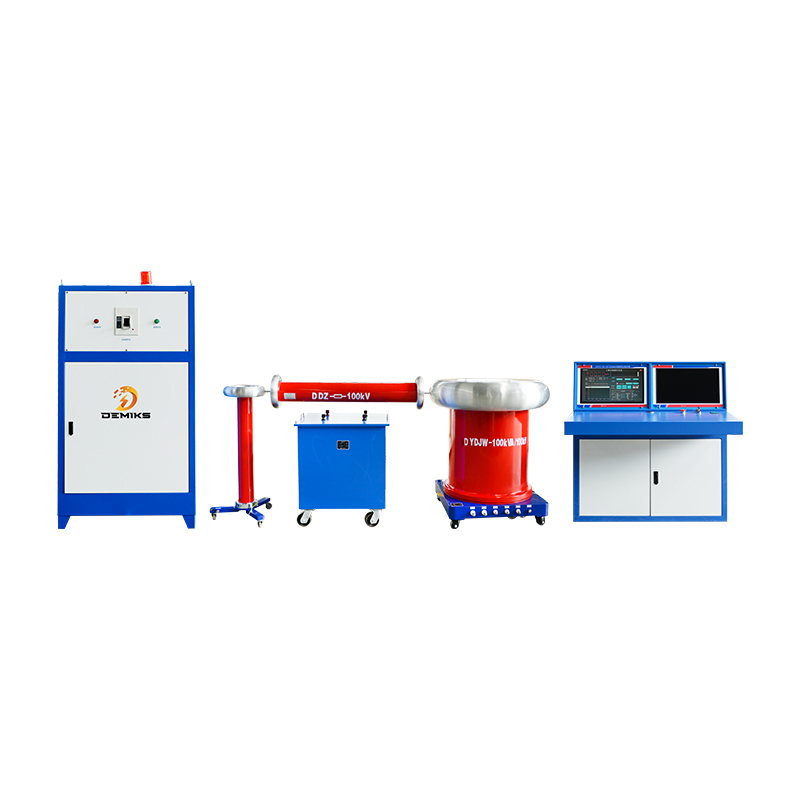Three-phase transformer turndown ratio (TTR) tester working principle and test procedure
Senior Technical Engineer at transformer tester manufacturer demiks says, Three-phase transformer turns ratio (TTR) tester is used to verify voltage ratios and winding connections in power transformers. It ensures that the transformer meets the design specifications and detects faults such as short circuits between turns, open windings or incorrect tap settings.
1. Working Principle
The TTR tester applies a low-voltage AC signal to one winding (primary) and measures the induced voltage in the other winding (secondary). The turns ratio (TTR) is calculated as:
Turns Ratio=VSecondaryVPrimary
Key Features of a 3-Phase TTR Tester:
✔ Measures phase-to-phase and phase-to-neutral ratios.
✔ Checks vector group (Dyn11, YNd1, etc.).
✔ Detects shorted turns, open circuits, and incorrect tap changers.
✔ Auto-compares results with nameplate values.
2. Testing Procedure
Step 1: Safety Precautions
De-energize the transformer and isolate it.
Disconnect all external connections (bushings, CTs, etc.).
Ground the transformer tank for safety.
Step 2: Select Test Mode
Single-Phase Mode (for individual winding pairs).
3-Phase Mode (for complete transformer testing).
Step 3: Connect Test Leads
Primary Side (HV): Connect to H1, H2, H3.
Secondary Side (LV): Connect to X1, X2, X3.
For Delta (Δ) or Wye (Y) windings, follow the correct terminal configuration.
Step 4: Perform TTR Test
Apply a low-voltage AC signal (typically 10V–100V).
The tester automatically measures:
Voltage ratio (TTR) for each phase.
Phase displacement (for vector group verification).
Step 5: Compare with Nameplate
Acceptance Criteria:
Ratio Error: ±0.5% of nameplate value.
Phase Angle Deviation: ±1° (for vector group verification).
Step 6: Check Tap Changer (If Applicable)
Test at each tap position to ensure proper ratio adjustment.
3. Interpretation of Results
| Issue | Possible Cause | Diagnosis |
|---|---|---|
| High Ratio Error | Shorted turns, incorrect tap setting | Check winding resistance |
| Zero/Infinite Ratio | Open winding, broken connection | Perform continuity test |
| Phase Shift Mismatch | Wrong vector group (e.g., Dyn11 vs. YNd1) | Verify nameplate & connections |
4. Standards & Best Practices
IEEE C57.12.90 (Transformer Testing)
IEC 60076-1 (Power Transformers)
Test Frequency: During commissioning, after maintenance, or if a fault is suspected.
Recommended TTR Testers
OMICRON CPC 100 (Advanced 3-phase testing)
Megger TTR20 (Portable, high-accuracy)
SebaKMT TOR 10 (For field testing)
The above content is published by demiks, please specify, demiks is a substation equipment manufacturer, specializing in the production of high-voltage tester, Transformer Tester, circuit breaker test equipment, relay tester, SF6 gas analyser, cable fault tester and other products, if you have power test testing needs, please feel free to contact demiks power science and technology limited company or send an email! Give us: contact@demikspower.com
 Relay Protection Testing and Commissioning Gu
Relay Protection Testing and Commissioning Gu
 how to test microwave transformer
how to test microwave transformer
 how to reset circuit breaker with test button
how to reset circuit breaker with test button
 high voltage cable testing standards
high voltage cable testing standards




